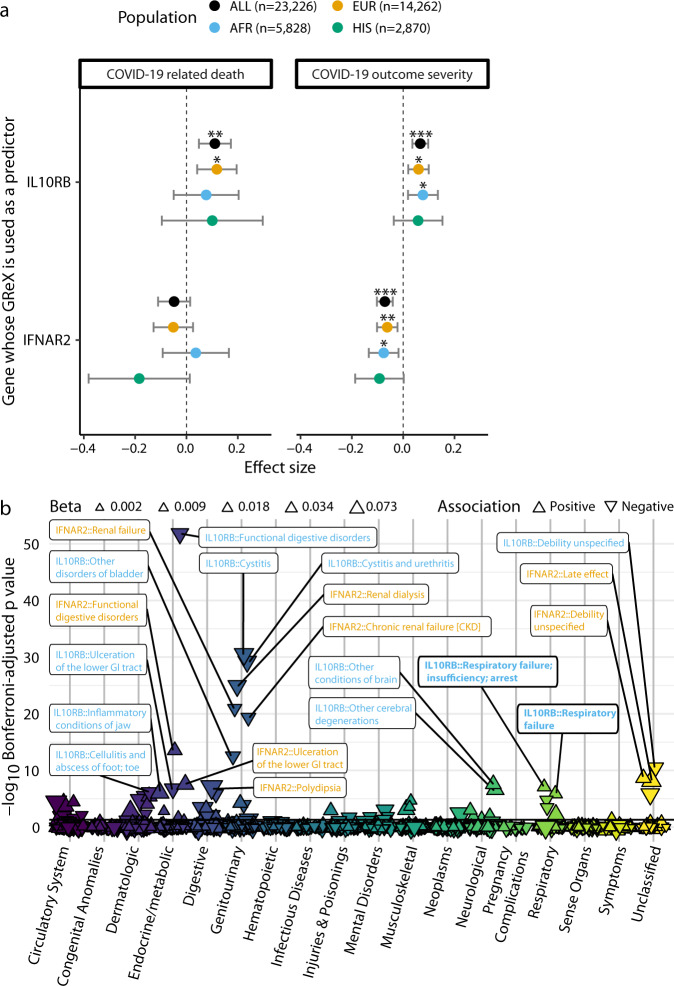Fig. 3. Association of blood IL10RB and IFNAR2 genetically regulated gene expression (GReX) with COVID-19-related outcomes and non-COVID-19 phenotypes.
a GReX of IL10RB and IFNAR2 was imputed in 23,216 individuals in the Million Veteran Program (MVP) cohort for whom COVID-19 outcome severity information was available. For COVID-19-related death (left panel) we checked the association of GReX with the outcome of COVID-19 related death (4.8% of this cohort) under logistic regression models for IL10RB and IFNAR2 GReX, while adjusting for age, sex, Elixhauser’s comorbidity score, and ancestry-specific population structure. For COVID-19 outcome severity, we applied an ordinal regression model (same predictors and covariates as above) using an outcome scale corresponding to mild (74.9% of the cohort), moderate (17%), severe (3.2%) COVID-19 related outcomes, and death (4.8%). EUR, AFR, and HIS refer to harmonized European, African and Hispanic ancestry respectively and the sample sizes are provided in the legend at the top. For both panels, a population of Asian ancestry (n = 266) was included in the fixed effects meta-analysis (Population: “ALL” in the graph) but not plotted. ***, **, and * correspond to Bonferroni-adjusted association p-values (for ngenes × noutcomes for each population cohort) of equal or less than 0.001, 0.01, and 0.05 respectively. Error bars show 95% CI. b Phenome-wide association study (PheWAS) of IL10RB and IFNAR2 blood GReX for individuals of European descent in the MVP cohort (n = 296,407). Phenotypes are grouped in categories shown in the x-axis, while the y-axis represents −log10(Bonferroni-adjusted p-values). Triangles represent data points for positive (pointing up) and negative (pointing down) association with GReX; triangle size indicates the magnitude of the effect size and the color corresponds to the phenotype category. Only the top 20 associations are labeled (orange for IFNAR2 and blue for IL10RB); full results are provided in Supplementary Data 9. The horizontal black line corresponds to Bonferroni-adjusted p = 0.05.

